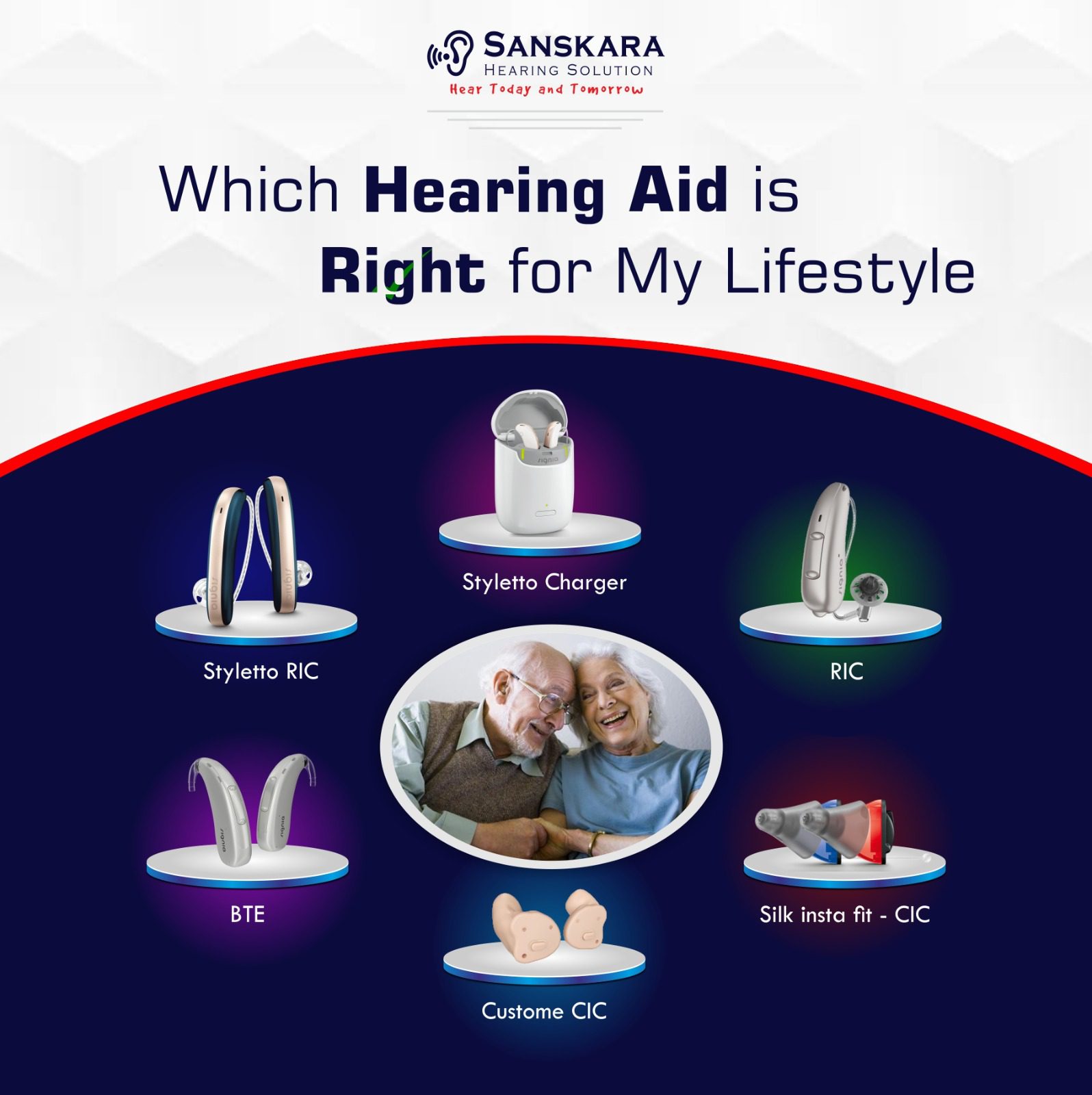
Which Hearing Aid is Right for My Lifestyle
The detrimental effect that hearing loss has on an individual’s quality of life is often overlooked. Individuals with hearing loss often struggle with communication, miss out on discussions, and feel socially alienated. It is impossible to stress the importance of hearing aids in resolving these problems.
Thanks to technological advancements, today’s digital hearing aids are almost invisible and adaptable. If you have trouble hearing, getting digital hearing aids for specific lifestyles may be a life-changing decision that helps you reconnect with the world around you.
Visit an Audiologist
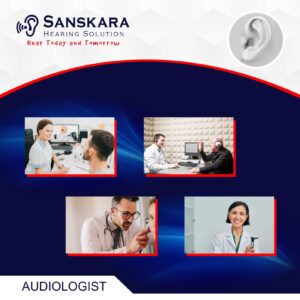
Before investing in a hearing aid, it’s essential to get your hearing checked by an audiologist. In most cases, a hearing test will take less than an hour. One kind of hearing test is called a pure-tone audiometry test (PTA), and it involves sitting in a sound booth and pressing buttons to determine which of a series of beeps you can hear.
Another, called a speech test, is similar but involves repeating words to the audiologist. An audiogram will be used to map the findings of your hearing test, providing a visual depiction of your degree of hearing loss. In-home audiological evaluations often include discussing test results and suggestions about the machine and hearing aid prices.
Picking Up Your Style
Several types of hearing aids come in a wide variety of designs, some of which are:
- Receiver-in-the-canal (RIC) hearing aids
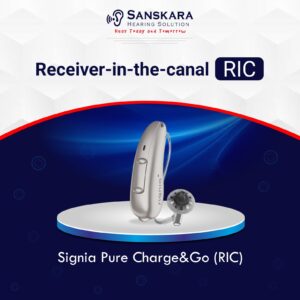
Hearing aid selection with a receiver in the ear canal (RIC) or the ear (RITE) is functionally equivalent to behind-the-ear (BTE) models. RITE hearing aids are worn behind the ear, where the body is located. Hearing aids send sound signals via a tiny wire from the device’s body to the ear canal.
- Behind-the-ear (BTE) hearing aids
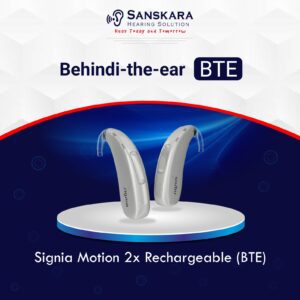
These hearing aids for people with specific medical condition is worn behind the ear (BTEs) and may help those with moderate to severe hearing loss. It may be worn discreetly behind the ear. The main portion of the hearing aid is attached to either an ear mold made specifically for the wearer or a thin tube.
- Completely-in-the-canal (CIC) hearing aids
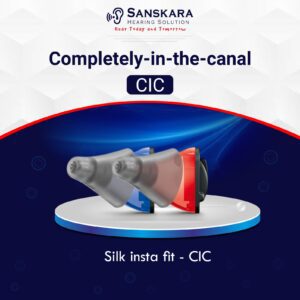
Its compactness and sleek design have made this version a bestseller. It fits snugly into the canal and eliminates the need for feedback (whistling) while making phone calls. Two potential downsides are the occlusion effect (where the user’s speech is amplified) and higher costs. This method is only for persons with mild to moderate hearing loss.
- In-the-canal (ITC) hearing aids
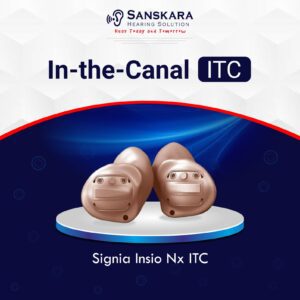
Unlike ITE hearing aids, which rest on the outer ear, in-the-canal (ITC) hearing aids for people who work outdoors are worn deep inside the ear canal. Their small size makes them less potent and more selective to handle and necessitates more delicate batteries. These gadgets are designed to go further into the ear canal, making them undetectable.
- Invisible-in-the-canal (IIC) hearing aids
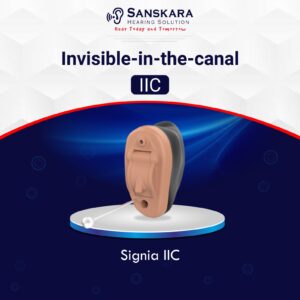
When adequately implanted into the ear canal, the Invisible-in-canal (IIC) kind of CIC hearing aids. A professional audiologist or hearing aid expert must put them in for you since they sit far back in the ear canal. A hearing machine that sits so deeply into the ear canal is more likely to have issues due to sweat and earwax.
- In-the-ear (ITE) hearing aids
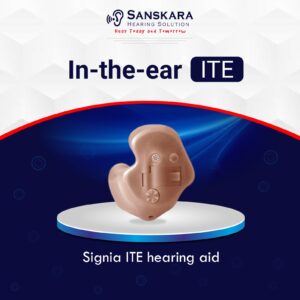
In-the-ear (ITE) devices may either cover the whole bowl of the ear (full-shell) or only a fraction of it (half-shell). People with limited manual dexterity or who have trouble manipulating tiny objects can benefit most from them. Medical professionals often suggest ITE aids for patients with severe to profound hearing loss.
- Open fit hearing aids
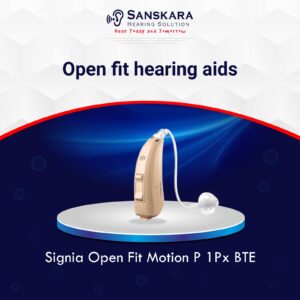
Open-fit hearing aids are a hybrid of the traditional tube-style behind-the-ear hearing aid and the receiver-in-canal or receiver-in-the-ear hearing aid, including an open dome in the ear. This hearing aids for people who travel frequently maintains the ear canal wide open, letting in natural sounds at lower frequencies and amplifying those at higher frequencies via the hearing aid.
Choosing Your Features
Here are some fundamental factors to consider while choosing the right hearing aid to suit your needs:
- Rechargeable
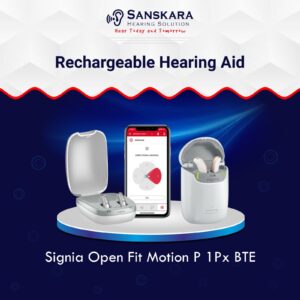
Rechargeable batteries are an option for specific contemporary hearing aid lifestyle compatibility. A full day’s worth of power (including what’s required for Wi-Fi connections and streaming) may be obtained from only three hours of charging.
- Digital noise reduction
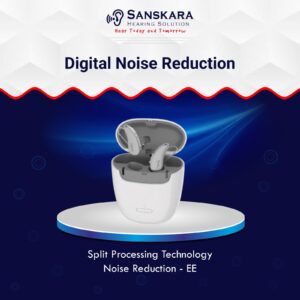
The microprocessor is a crucial component when shopping for new Audiologist. The microprocessor can distinguish between noises of various frequencies, such as those in the background and voices and speech. The microprocessor will boost the high-frequency sound, like a person’s speech while decreasing the low-frequency sounds.
- Directional Microphone
Directionality provides scientifically proven enhanced speech understanding in noise. Availabe for custome fitting with directional microphones and e2e wireless link.
- Automatic programming
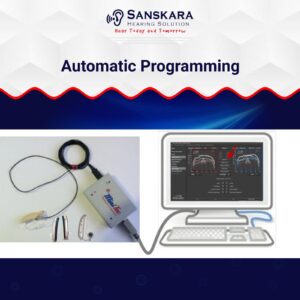
Although the electrical circuitry may be static, a computer may control and optimize the system’s behavior. The regulation circuitry may run automatically. Your audiologist will be able to walk you through the device’s settings and features, including any pre-sets for specific environments based onlifestyle and hearing aids type.
- Bluetooth connectivity
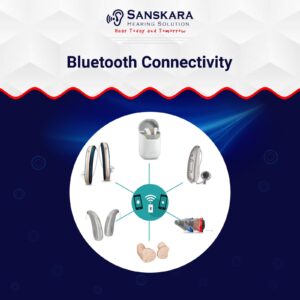
More often, hearing aids may connect wirelessly to other electronic devices that support Bluetooth, such as mobile phones, laptops, music players, and TVs. A signal booster may be required to pick up the phone or other source and transmit it to the hearing aid.
- Telecoils
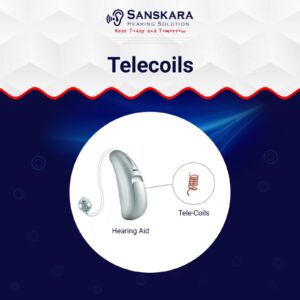
When using a landline that is equipped with a telecoil, a conversation is more accessible. Your hearing aid’s telecoil will filter background noise and boost the phone’s signal. Telecoils may also pick up public induction loop systems, like those in certain theaters, to improve one’s ability to hear the performance or movie.
Conclusion
There is a wide variety of digital and analogue hearing aid price list India to chooses from which audiologist will prescribe suitable hearing aid considering the loss and life style of patient. The position of the hearing aid around the ear canal makes the primary distinctions. A person’s hearing loss, aesthetic preferences, and available funds all play a role in determining the best fit. A medical professional is a good resource for information and suggestions about hearing aids.
